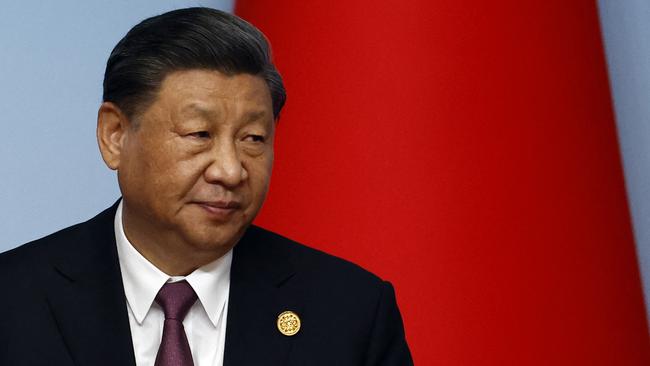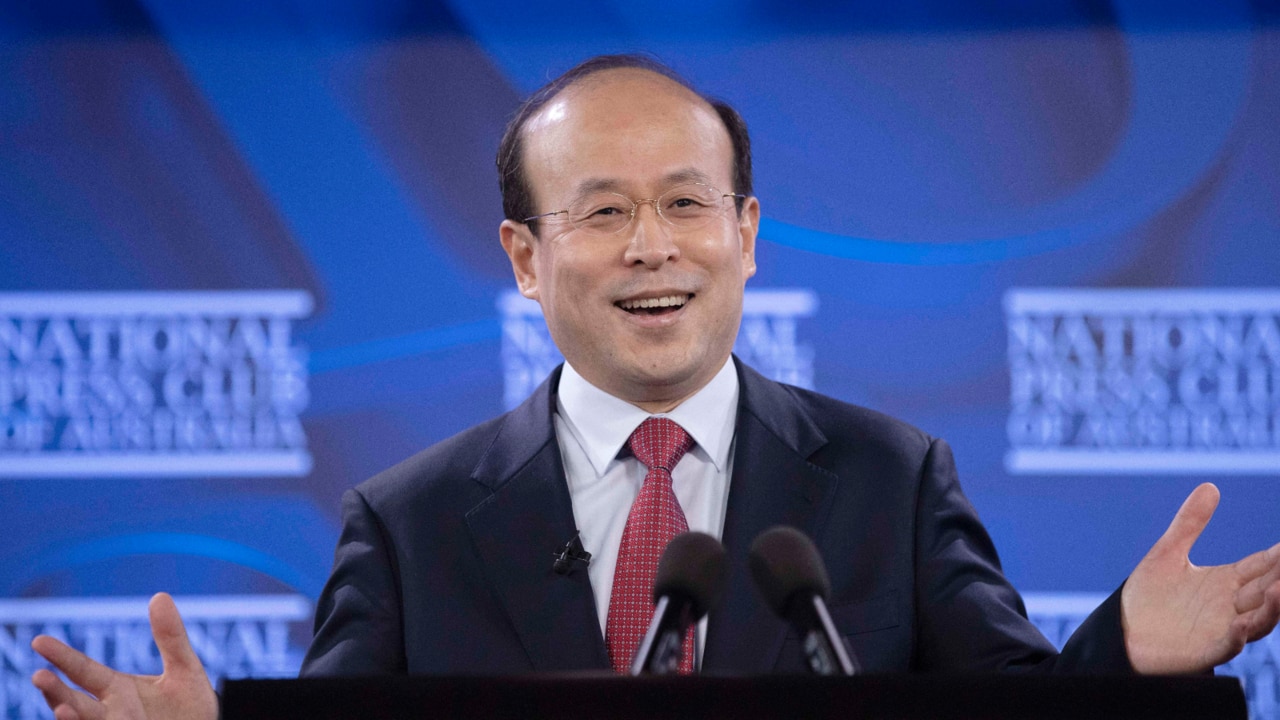China has spent almost $38 billion in Southeast Asia to increase its influence in the region
China has pumped about almost $38bn of aid and development finance into Southeast Asia in recent years as Beijing seeks to grow its influence in the region.

China has pumped almost $38bn of aid and development finance into South-East Asia in recent years as Beijing seeks to grow its influence in the region, with new data revealing it contributed almost a quarter of all such funding to the 11 countries in South-East Asia.
By comparison, the Asian Development Bank and World Bank spent $31bn and $29bn respectively, while Japan contributed $28bn, or about 14 per cent, of all aid and development finance.
The findings were revealed in a major data project conducted by the Lowy Institute, which on Sunday released its South-East Asia aid map – a comprehensive new assessment of financial support for the region.
The figures showed Australia was the eighth biggest contributor of all aid and financing, injecting $6bn – or about 3 per cent – of funding to South-East Asian countries, including Indonesia, Malaysia and Thailand.
Indonesia received the most funding over the six year period, with $70bn committed across 97 partner countries. Of that, China spent more than $15.1bn, while Japan contributed more than $6bn, South Korea more than $7.6bn and Australia about $3bn.
The aid map – which examines more than 100,000 projects across the six years to 2021 – showed China’s lead was most substantial in the strategic infrastructure sector.
Lowy Institute lead economist Roland Rajah said geostrategic tensions between China and western governments had been intensifying, prompting a growing focus on using development finance “as a means of competing for influence”.
China has been flexing its muscle in South-East Asia and regions like the Pacific, where the striking of security deals with countries such as the Solomon Islands has elicited concern from Australia and its allies.

The South-East Asia aid map showed China was the top bilateral lender in Cambodia, Indonesia, Laos, Malaysia and Thailand, but found its financial disbursements to the region had declined in recent years.
Project director Alexandre Dayant said despite the economic progress of the region, South-East Asia still faced “large unmet financing needs”.
“Development co-operation financed by various forms of official development finance has a critical role to play,” he said. “Our data shows that these flows remain sizeable, especially when it comes to smaller, lower-income countries such as Laos and Timor-Leste.
“But even in larger economies such as Vietnam, Indonesia and the Philippines, official development finance is a major source of finance for critical development priorities.”
Vietnam received more than $35.6bn in aid and development financing, of which Australia contributed less than half a million.
Anthony Albanese last week made his first official visit to Vietnam as Prime Minister.



